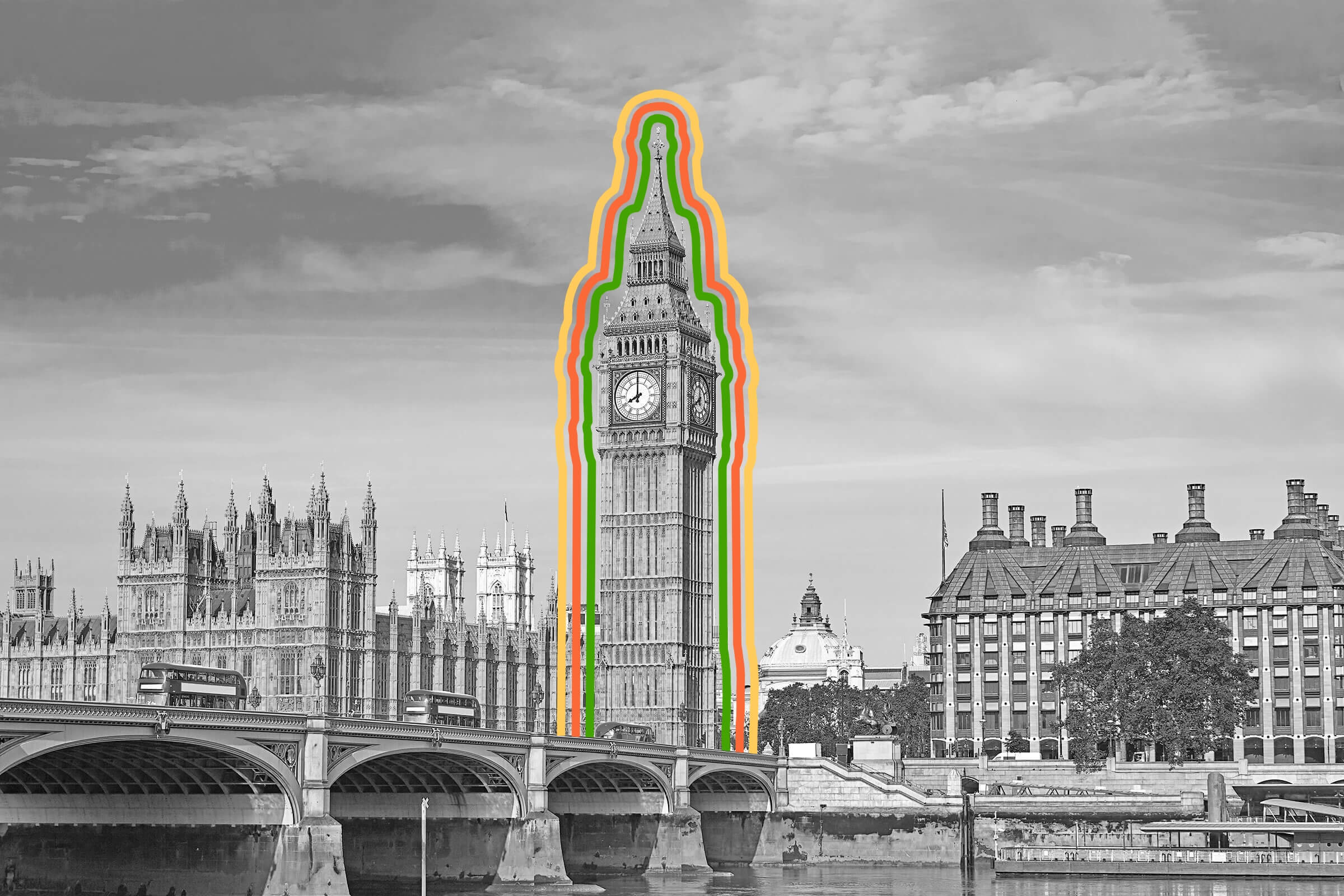| Time seems like a simple enough concept — 60 seconds in a minute, 60 minutes in an hour, and so on. That is, except for a little something called "gravitational time dilation." First explored in Albert Einstein's general theory of relativity, the idea is almost confusingly simple — the farther away you are from a massive object (e.g., a planet), the faster time travels. The more massive the object, the slower time travels, which is why things get very wonky around supermassive black holes like the one at the center of our galaxy. These differences in how time flows are minuscule on Earth, so they don't really affect us — the top floor of the Burj Khalifa, the world's tallest building, does not operate with a special time-dilated clock. Yet technically, even our heads experience time just a bit differently than our feet. In 2010, the U.S. National Standards and Technology (NIST) even performed an experiment using optical atomic clocks that could measure a change in time dilation within less than 1 meter. Although imperceptible to our minds, precision technologies such as GPS need to factor in time dilation in order to work at all. So the next time you use Google Maps, consider giving a shout-out to Einstein and his mind-bending theory of the universe. | 







No comments:
Post a Comment